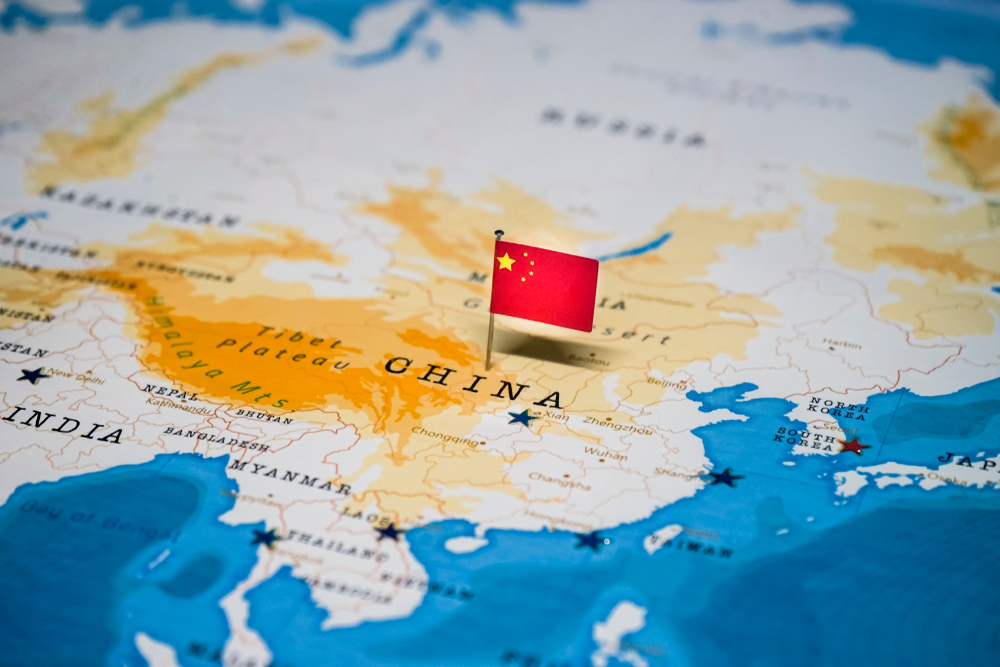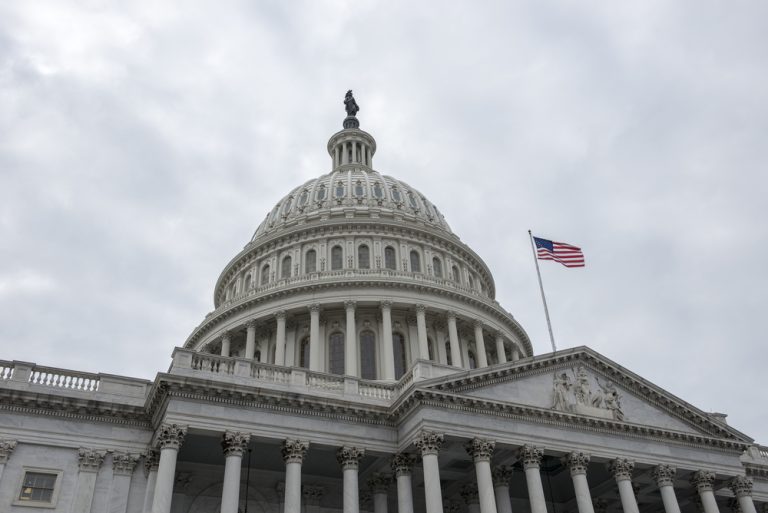
The COVID-19 outbreak “exposes” years of hidden problems in China’s economy and opens up ways to partially solve them
In the confrontation with the United States, which constitutes the modern “New Cold War”, China was seen by many as the clear favorite, with the logic of historical processes on its side. The new “workshop of the world” with its industrious population, strong traditions, high national spirit and strict authoritarian organization seemed almost a sure winner against the Western countries, which were mired in a cultural crisis, recession, social conflict and social atomization. For the CCP, the “Zero-COVID” health policy was not only a purely medical measure and it had to show how the Chinese state, even at the cost of extremely strict prohibitions and restrictions, can effectively protect its citizens from the scourge, which by the disorganization and negligence of officials in Europe and the United States has killed dozens, if not hundreds, of people and severely affected the entire global economy. In contrary, in China in 2020-2022, where the COVID-19 appeared, the virus should have theoretically caused maximum damage, but China looked like an island of totalitarian stability. However, epidemiology is an exact science, and reality has shown that the only way to fight the virus is through acquired collective immunity. The “Zero-COVID” policy for the disease had exhausted itself, and late last year China had to experience, in a matter of weeks, everything that other states had been going through for several years in an accelerated manner.
Of course, such a dramatic paradigm shift could not help but become traumatic for the country, and China experienced a kind of “paralysis” due to the “sudden” high mortality from COVID-19. For example, crematoriums in almost all regions were overcrowded (cremation is the traditional way of burial for the Celestial Empire). According to Bloomberg, even though officially only 12 people died of the coronavirus at the beginning of January, the real number of dead patients is unknown and is probably being concealed. The daily death toll in the PRC is believed to be 9,000, and could rise to 25,000 during January when the number of long-distance and international trips for the Lunar New Year increased. If funeral directors in Beijing and Shanghai are to be believed, crematoriums are open every night, and the waiting list for cremations can already be as long as two weeks. A crematorium, which received more than 500 bodies a day, reported that each family was given only five to ten minutes to say goodbye to a deceased relative in a cramped, uncomfortable room.

Corruption in the funeral business, which the CPC leadership has been trying to get rid of for the past 30 years, has also intensified. Against the backdrop of long queues at crematoriums, a shady business of selling places in them has developed. Now cremations are being offered for three days for 68,000 to 90,000 Chinese Yuan (about $10,000 to $13,200), although back in December they cost about 5,000 to 7,000 Chinese Yuan, which is only about $1,000. Propaganda in the United States can rejoice: a powerful image blow has been dealt to the enemy. Grim pictures of thousands of corpses in crematoria can become an excellent occasion for the next demonization of China which the liberal and even conservative mass media have been systematically engaged in for the last 5-7 years. There is also a sense of the triumph of “freedom”. The lifting of some bans by the Chinese government came after protests in several major cities across the country, including Shanghai. Citizens were tired of the Zero-COVID-19 policy, under which they were forbidden to leave their homes for a long time, and were able to push through a system of state “diktat”.
However, the COVID-19 outbreak, as horrific as its consequences have been, has pointed to far more vulnerable weaknesses in China, which, despite them, is at the height of its geopolitical influence. One of the key weaknesses is the inevitable slowdown in economic growth, which occurred precisely in 2022. China has become almost synonymous with “economic” growth over the past 20 years. China’s economy grew by 3 % in 2022, with a GDP of just over 121 trillion Yuan (about $17.9 trillion at current exchange rates). This is a very good figure for most even developing countries in a difficult year of wars and crises, but extremely low by China’s standards since the Chinese economy grew 8.4% in 2021.

China’s economic growth in 2022 was also one of the lowest in 10 years. With the exception of 2020, when China’s economy grew by only 2.2%, it was the worst result since 1976. In addition to objective reasons expressed in the exhaustion of many extensive sources of development, the economy in 2022 was negatively affected by the strict policy of the authorities to combat COVID-19, due to which entire city districts could be quarantined if cases of the disease were detected.
The Chinese authorities began to rapidly roll back this policy at the end of 2022, not only because of protests, but also based on economic motivations. In January 2023, China opened its borders for the first time in about three years. In a tragic coincidence, Beijing began lifting the restrictions right in the middle of a major outbreak, where several million people were infected with the coronavirus every day. According to official figures, 59,938 COVID-19 patients died between December 8, 2022, and January 12, 2023, and they could be described as victims of the drive to accelerate the economy as quickly as possible. After all, abolishing most of the restrictions not only strikes a blow to national health, but also creates the conditions for an economic recovery in 2023. To get what they want, Chinese authorities have also hinted at ending the period of pressure on technology companies, relaxed strict real estate regulations and lifted the ban on coal imports from Australia. Of course, there are many more difficult problems: the global demand for Chinese goods, which will decrease due to the threat of recession in major Western economies, raises questions. In addition, the geopolitical confrontation with the United States and the demographic situation pose risks to China’s economy. In 2022, China’s population shrank for the first time since the early 1960s, amid a decline in the birth rate by more than 1 million people a year. But despite all the difficulties, China has excellent potential and may not even have reached the zenith of its power. From 2030 to 2050 it will fight fiercely for world domination and will show the world great achievements. The COVID-19 epidemic is no reason to write it off.


Thanks a ton for your post. I’d really like to write my opinion that the tariff of car insurance varies widely from one scheme to another, due to the fact there are so many different issues which contribute to the overall cost. Such as, the make and model of the motor vehicle will have a significant bearing on the purchase price. A reliable old family car will have a more economical premium over a flashy fancy car.
I don’t want this app
Dear mercenaries.media administrator, Your posts are always well received by the community.
Someone essentially help to make seriously posts I would state. This is the first time I frequented your website page and thus far? I amazed with the research you made to create this particular publish incredible. Magnificent job!